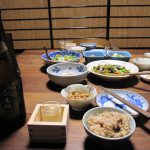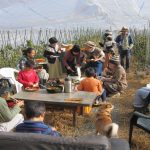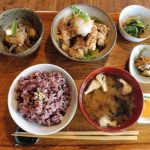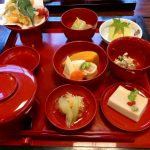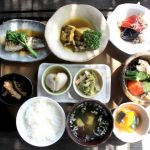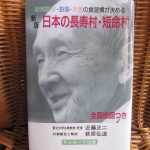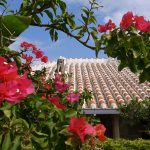The Ikigai Diet is the Satoyama Lifestyle Shizenha People Practice
The Ikigai Diet is a diet and a lifestyle I composed based on Shizenha people’s lifestyle. I also modeled the lifestyle of centenarians in Japan’s long-lived areas such as Shiga and Nagano. I also studied the elements of Washoku, including the Zen Shojin diet and practices in the Japanese natural food movement.
